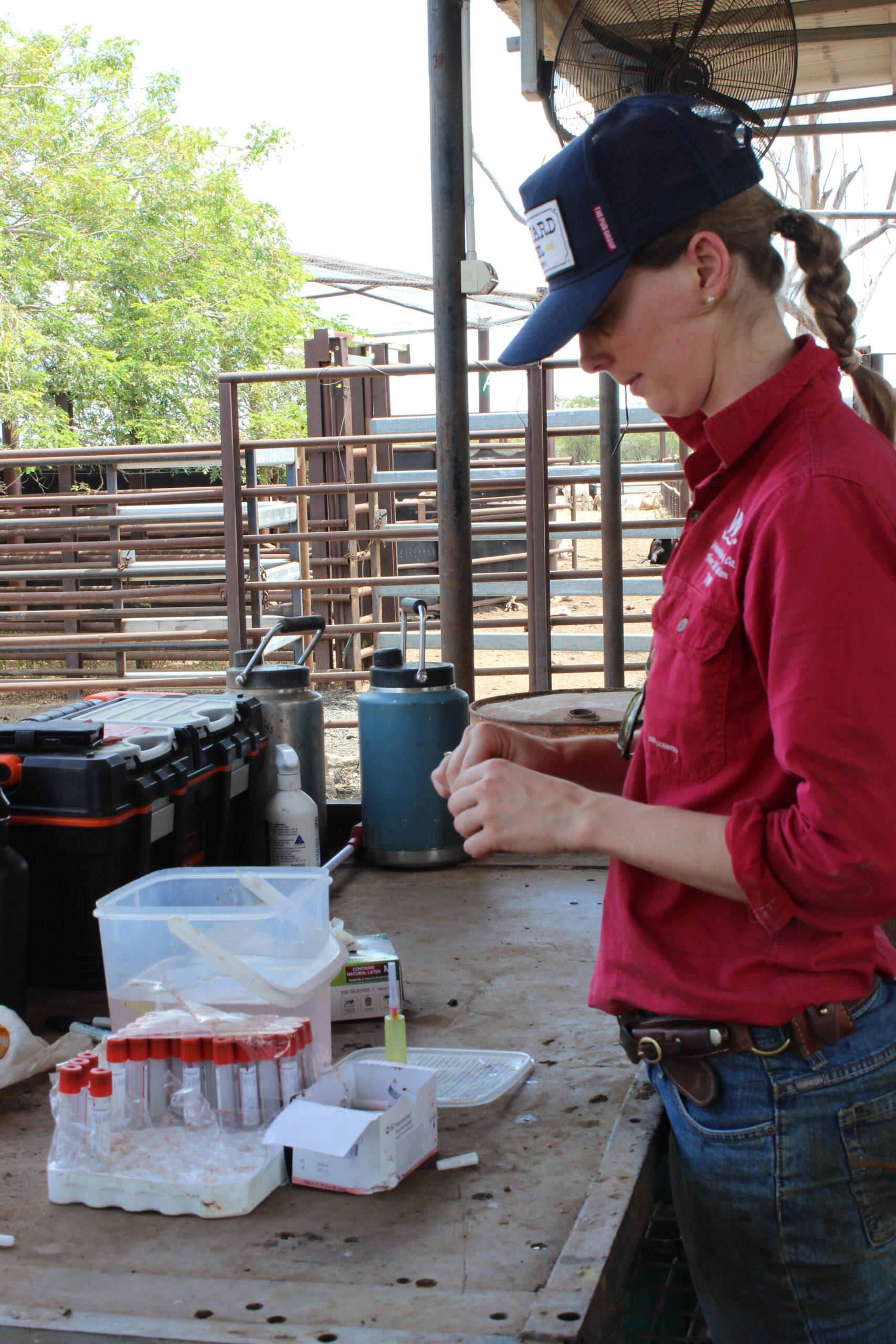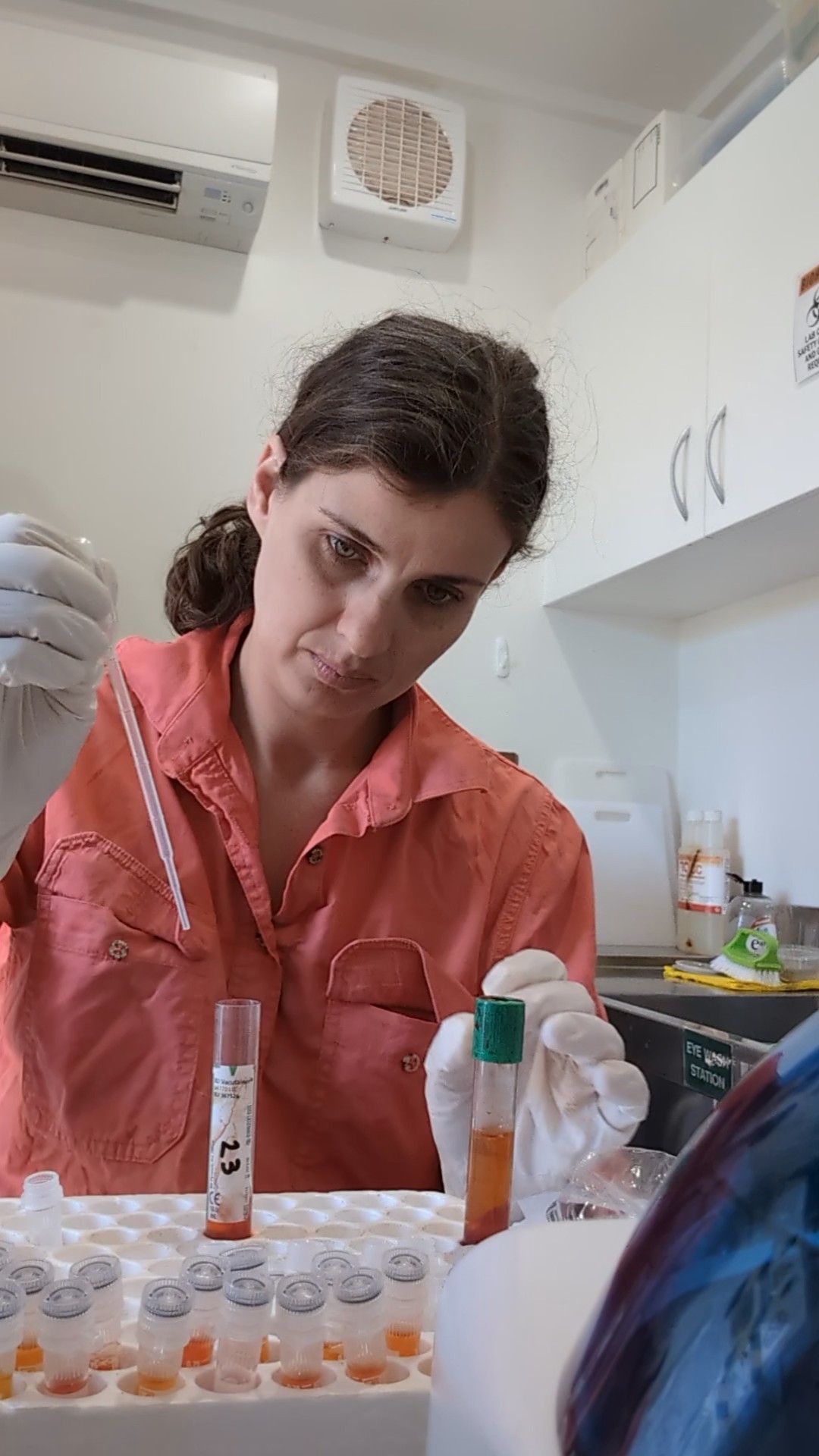Shoo flies: can fly tags reduce disease transmission from biting insects?
The Department of Primary Industries and Regional Development insecticidal fly tag trial has recently published its findings. The project aimed to reduce the insect burden for cattle with the use of insecticidal fly tags, and reduce the potential for infection to insect-borne diseases.
The project used the presence or absence of infection, or recent infection to bovine ephemeral fever (BEF) and akabane (through detection of blood borne disease antibodies (seroconversion)), as an indicator of the impact of biting insect disease transmission.
The results may be able to be used to provide some insight into a method of reducing transmission of lumpy skin disease (LSD) if it arrives in Australia. However, more research is needed on the transmission of the LSD virus, which is assumed to be via insect bites, however the species of insect responsible remains unknown (Sanz-Bernardo, et al., 2021).
The pilot project established during the 2022/2023 monsoon season investigated the effect insecticidal fly tags have on the spread and infection rates of insect-borne diseases along with their influence on fly burden, fly worry and weight changes in cattle.
The trial
Three hundred Brahman-cross heifers and steers were inducted into the trial site in the East Kimberley region in late November 2022 and drafted into two groups – control and fly tagged groups. Blood samples were taken on all 300 animals to test for arboviruses, BEF, and akabane.

Other data collected at induction included:
- liveweight
- body condition score
- fly worry and count
Ear tags containing slow-release actives synthetic pyrethroid 80g/kg beta-Cyfluthrin and 200g/kg Piperonyl butoxide, were applied to both ears of the animal for improved flank coverage. After the first round of data collection was completed, the two groups grazed in similar sized paddocks, with similar soil types, and surface water for the wet season. The fly tags stay on for 16 weeks until the second round of data collection is complete.
Almost one third of the trial animals (30 per cent) were disqualified from the trial after blood tests showed previous infections to either akabane, BEF, or both.
After trial induction, the two trial herds were paddocked separately in similar sized, neighbouring paddocks. Baseline data recorded at week 1 was then repeated at week 16 to assess any changes in disease infection status, fly worry, fly burden and liveweight.
Results
After the first diagnostic testing almost one third of the trial animals (30 per cent) were disqualified from the trial after testing positive for previous infection to either akabane, BEF, or both. The below results were collected from the remaining trial animals.
Fly burden and fly worry
Fly burden and fly worry were scored using a system ranging from 0 to 5 where fly burden corresponded to the level of fly population on the animal and fly worry related to the level of fly irritation on the hide. The results showed that the treatment group with fly tags had a significant reduction in both fly burden and fly worry compared to the control group. The average scores for fly burden and fly worry decreased in the treatment group with fly tags and increased in the control group over the 16-week period (Table 1).
Table 1. Average scores for fly burden and fly worry in the control and treatment groups.
| Fly burden | Control group | Treatment group | Fly worry | Control group | Treatment group |
|---|---|---|---|---|---|
| Week 1 | 1.8 | 1.6 | Week 1 | 2.4 | 2.1 |
| Week 16 | 3.0 | 1.2 | Week 16 | 2.9 | 1.4 |
| Change | +1.2 | -0.4 | Change | +0.5 | -0.6 |
Liveweight
Liveweight was greatly influenced by the presence of fly tags. The treatment group with fly tags had a larger weight gain than the control group with a significantly higher liveweight gain of 61.4kg compared to the control group of 46.9kg (Table 2). This equates to an average increase of 14.5kgs over the 16 week trial.
The treatment group gained 50.1 per cent of their body weight from week 1 whereas the control group gained 35.1 per cent.
Table 2. Average liveweight recorded at weeks 1 and 16 across both trial herds.
| Weight week 1 | Weight week 16 | Weight gain | |
|---|---|---|---|
| Control | 133.7 kg | 180.7 kg | 46.9 kg |
| Treatment | 122.4 kg | 183.8 kg | 61.4 kg |
Disease
 In terms of disease incidence, there was no statistically significant difference between the treatment and control groups (p=0.955) (Table 3). Both groups had similar percentages of cattle with positive or toxic VNT/ELISA results indicating no substantial effect of the fly tags’ active ingredient on disease infection.
In terms of disease incidence, there was no statistically significant difference between the treatment and control groups (p=0.955) (Table 3). Both groups had similar percentages of cattle with positive or toxic VNT/ELISA results indicating no substantial effect of the fly tags’ active ingredient on disease infection.
Table 3. VNT/ELISA results in relation to trial groups.
| Negative | Toxic/Positive | Percent positive/toxic | |
|---|---|---|---|
| Control | 80 | 5 | 5.9% |
| Treatment | 46 | 3 | 6.1% |
What’s next?
This study provides valuable insights into the efficacy of fly tags in improving cattle health and productivity by reducing fly infestation and promoting weight gain during a northern Australian wet season. Although the fly tags did not have a significant impact on disease transmission in this pilot trial, further research with different active ingredients in fly tags is recommended to explore their potential for disease protection.
References
Sanz-Bernardo, B., R. Haga, I., Wijesiriwardana, N., Basu, S., Larner, W., V. Diaz, A., & Langlands, Z. (2021). Quantifying and Modeling the Acquisition and Retention of Lumpy Skin Disease Virus by Hematophagus Insects Reveals Clinically but Not Subclinically Affected Cattle Are Promoters of Viral Transmission and Key Targets for Control of Disease Outbreaks. Journal of Virology, 1-26.
Schatz, T., Feez, A., Hearnden, M., & Heeb, C. (2019). Do insecticidal fly tags protect against three day sickness? Darwin: Northern Territory Department of Primary Industry and Resources.
Thomson, C. (2023). Measuring the effectiveness of insecticidal fly tags on reducing the biting insect burden and subsequent endemic disease seroconversion (Bovine ephemeral fever and akabane). Department of Primary Industries and Regional Development.